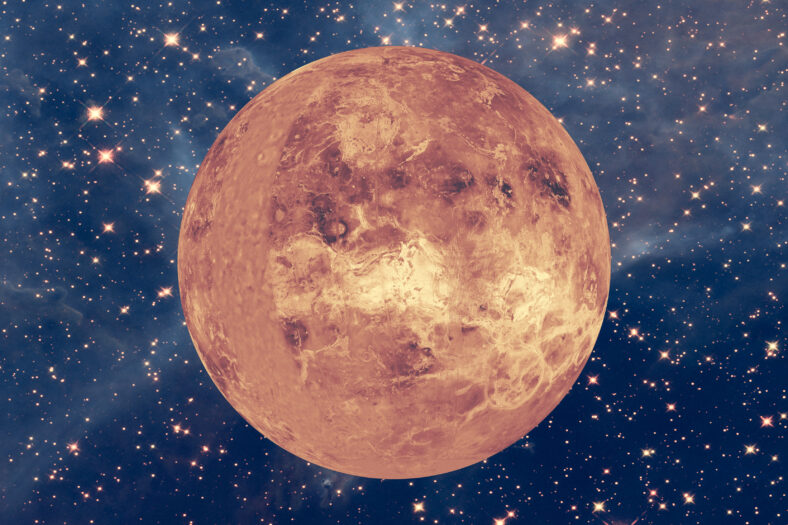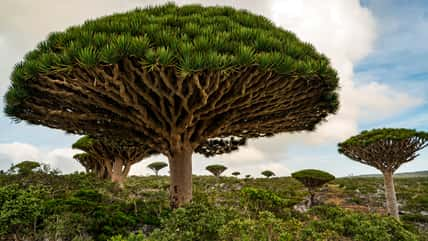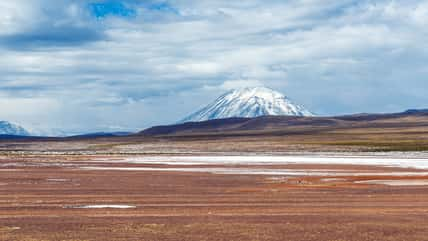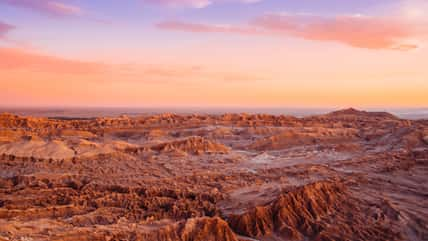It Seems Venus Never Had Oceans At All, And This Could Help In The Search For Extraterrestrial Life

Venus and Earth are known as planetary twins since they’re practically the same size. Their relationship as twins is also supported by a common assumption that Venus once contained oceans.
However, a team of astronomers from the University of Cambridge is arguing that Venus may be less of Earth’s twin than previously thought because the planet may never have had oceans at all. Their findings could help scientists in the search for extraterrestrial life.
Currently, Venus has a surface temperature of 1,000 degrees Fahrenheit, which is not suitable for life. That kind of heat is strong enough to melt lead.
In addition, its air pressure is nearly 100 times that of Earth, and it has a toxic atmosphere with clouds of sulphuric acid.
There are two main theories on how Venus got to be the way it is today: the wet theory and the dry theory. Both ideas involve Venus beginning its history with a magma sea, but other than that, they’re pretty different.
The wet theory suggests that the planet eventually became temperate enough to hold oceans of water. Then, they disappeared when volcanic activity created an extreme greenhouse effect, trapping so much gas in the atmosphere that Venus was unable to cool down.
On the other hand, the dry theory states that Venus was born hot and remained that way ever since, meaning that no water has ever collected on its surface. The two hypotheses are based on climate models.
The research team decided to take a different approach to investigate these theories. They studied Venus’ atmosphere to learn more about its interior. Its atmosphere remains constant because volcanic activity replenishes any substances that are lost.
Analyzing this phenomenon could help the researchers gain a better understanding of Venus. It’s important to find out more about Venus’ interior because, in the wet scenario, the magma would have trapped water beneath its surface as it solidified. The volcanoes on Venus should still be shooting large amounts of that water into the atmosphere today.

Sign up for Chip Chick’s newsletter and get stories like this delivered to your inbox.
But when the team calculated Venus’ eruptions, they found that the eruptions were six percent water vapor at most. In comparison, Earth’s volcanic eruptions are over 60 percent water vapor.
“The atmospheric chemistry suggests that volcanic eruptions on Venus release very little water, implying that the planet’s interior—the source of volcanism—is equally dry. This is consistent with Venus having had a long-lasting dry surface and never having been habitable,” said Tereza Constantinou, the first author of the study and a Ph.D. student at Cambridge’s Institute of Astronomy.
For now, it seems that the dry theory fits Venus’ conditions more accurately. But the debate cannot be fully resolved until physical probes are sent to study the planet.
NASA plans to launch the DAVINCI mission in 2030 with flybys and a probe. Scientists hope it will be able to survive the extreme conditions long enough to catch a quick look at the surface of Venus.
The study was published in the journal Nature Astronomy.
More About:News





